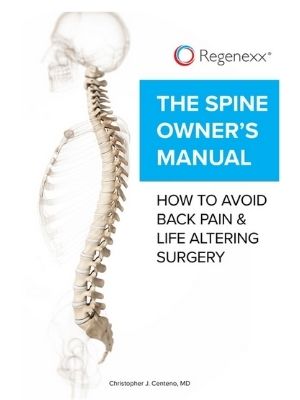Tinnitus
Get Help With TinnitusRemember the ringing in your ears after a loud rock concert or highly charged sporting event? It is that ringing or buzzing sound that slowly improves the next day over several hours. Unfortunately for some individuals, the ringing in the ears is not due to an external event. Even worse is it does not resolve over time. This condition is called tinnitus. It is a medical condition characterized by ringing or other noises in one or both ears NOT caused by an external sound. Other individuals cannot hear the ringing that patients describe. It is a common problem. It affects approximately 15-20% of individuals. The sound associated with most cases of tinnitus has been analogous to cicadas, crickets, winds, and falling tap water. Tinnitus does not represent disease itself. Rather it is a symptom of several underlying diseases. The most common causes include:
- Problems within the Ear Itself: examples include hearing loss, deafness, and Meniere’s disease.
- Neurologic Injuries: multiple sclerosis, acoustic neuromas, and cerebellar tumors
- Infections: examples include otitis media, meningitis, and syphilis
- Medication Side-Effect: examples include salicylates, NSAIDs, certain antibiotics, water pills, and chemotherapy agents.
- Dental Causes: the classic example is TMJ.
An often-overlooked cause of tinnitus is Craniocervical instability. Laxity or injury of the ligaments that connect the head to the neck can cause debilitating tinnitus.
Atlantoaxial Instability (AAI)
Instability simply means that bones move around too much, usually due to damaged ligaments. In the spine, this can cause nerves to get banged into and joints to get damaged. In the craniocervical junction, instability can cause the upper cervical spinal nerves to get irritated, leading to headaches. In addition, the C0-C1 and C1-C2 facet joints can also get damaged. In addition, there are other nerves that exit the skull here that can get irritated, like the vagus nerve, which can cause rapid heart rate. What’s the Difference Between CCI and AAI? CCI refers to instability in any part of the craniocervical junction…
Read More About Atlantoaxial Instability (AAI)CCI
Craniocervical Instability is a medical condition characterized by injury and instability of the ligaments that hold your head onto the neck. Common symptoms of Cranial Cervical Instability include a painful, heavy head, headache, rapid heart rate, brain fog, neck pain, visual problems, dizziness, and chronic fatigue.CCI or neck ligament laxity treatment options depend upon the severity of the instability and clinical symptoms. When appropriate, conservative care should always be the first-line treatment. Craniocervical Instability Surgery is often recommended when conservative care fails. This involves a fusion of the head to the neck which is a major surgery that is associated with significant risks and complications…
Read More About CCICraniocervical Instability
Craniocervical Instability is a medical condition characterized by injury and instability of the ligaments that hold your head onto the neck. Common symptoms of Cranial Cervical Instability include a painful, heavy head, headache, rapid heart rate, brain fog, neck pain, visual problems, dizziness, and chronic fatigue.CCI or neck ligament laxity treatment options depend upon the severity of the instability and clinical symptoms. When appropriate, conservative care should always be the first-line treatment. Craniocervical Instability Surgery is often recommended when conservative care fails. This involves a fusion of the head to the neck which is a major surgery that is associated with significant risks and complications…
Read More About Craniocervical InstabilityTMJ
The temporomandibular joint (TMJ) is the joint connection between your jaw and your skull. If you run your fingers along either side of your jaw line toward your ears, you can actually feel where the jaw bone ends and the skull bone begins. If you open and close your mouth, the difference between the two is dramatic as the jaw bone moves, thanks to the TMJ joint, while the skull bone remains stable. The TMJ and any of its surrounding structures can become painful and inflamed, and this can become so bad that it can prevent patients from even being able to move their jaw bone to chew.
Read More About TMJ



